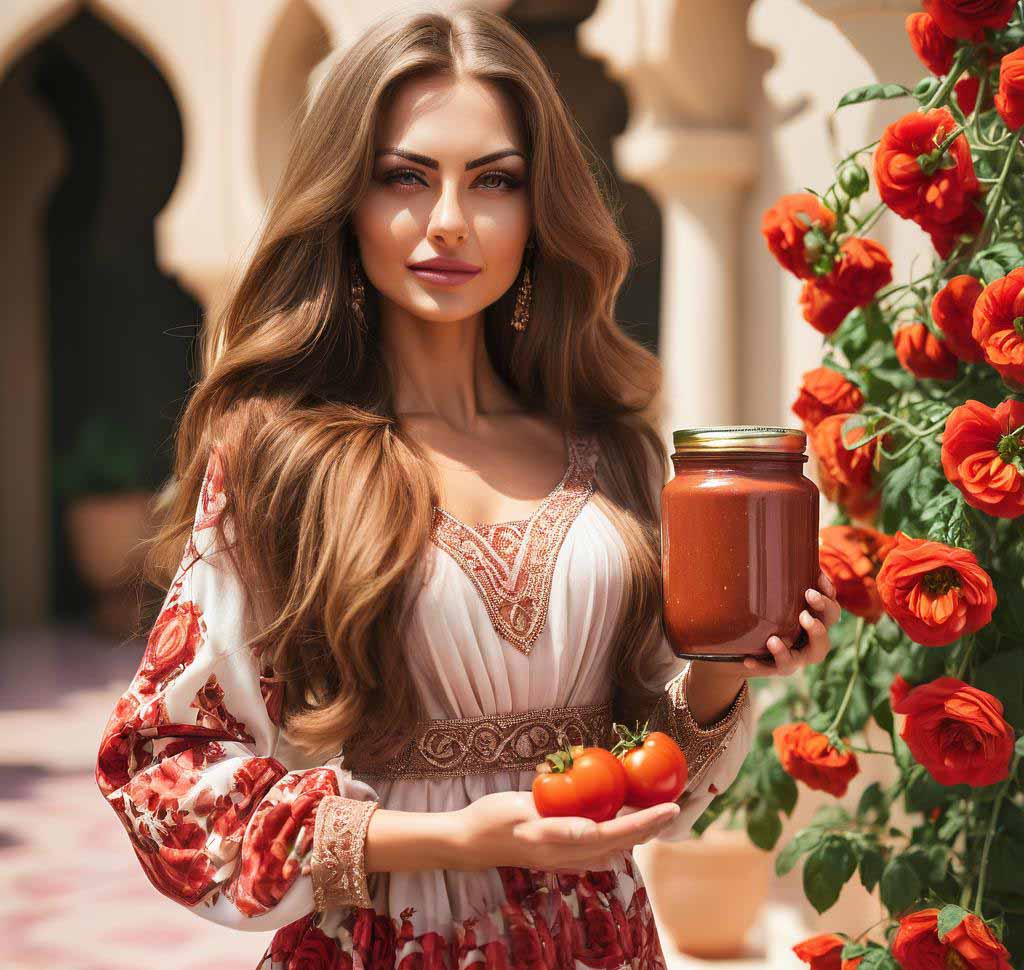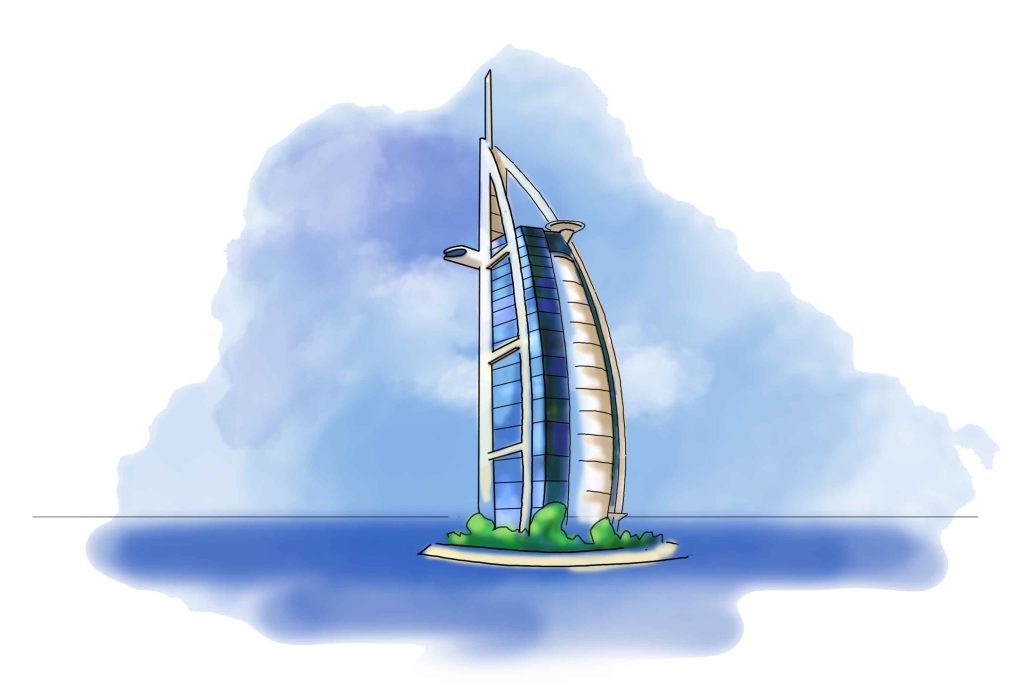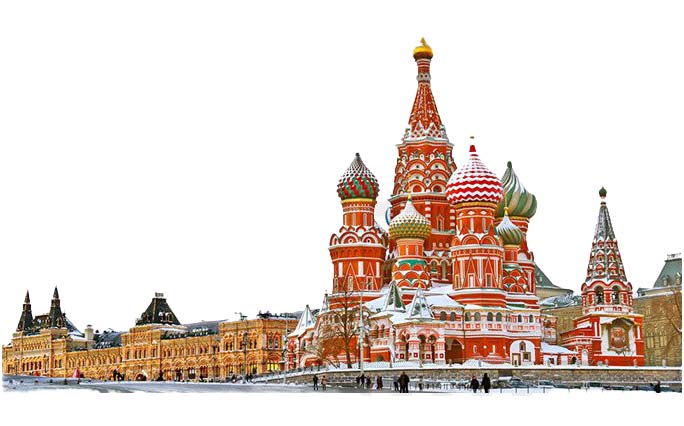
Rowyal Company is a leading international food supplier specializing in meeting the diverse culinary needs of markets in the UAE and Russia. With a commitment to quality and reliability, Rowyal sources and delivers a wide range of foodstuffs, from fresh produce to processed goods. Our extensive network and expertise in navigating complex import regulations ensure smooth and efficient supply chains for our clients.
To explore how Rowyal can fulfill your food supply needs in the UAE and Russia, please reach out to us at +98-9171199398 or email us at info@Rowyal.com. Our team is ready to provide tailored solutions for your specific requirements.
As we approach 2025, the global food market continues to evolve, shaped by various factors including geopolitical events, climate change, technological advancements, and shifting consumer preferences. Two markets that present an interesting contrast in this landscape are Russia and the United Arab Emirates (UAE). This comprehensive analysis will delve into the food pricing trends expected to dominate these markets in 2025, exploring the underlying factors, potential implications, and the broader global context.
Russia, with its vast agricultural lands and ambition for self-sufficiency, presents a unique case study in food production and pricing. The country has been actively working to boost its agricultural sector, particularly since the implementation of counter-sanctions against Western food imports in 2014. On the other hand, the UAE, a nation with limited arable land but significant financial resources, has been focusing on food security through diversification of import sources, investment in agritech, and strategic partnerships.
Russia:
Russia’s agricultural sector has undergone significant transformations since the collapse of the Soviet Union. The 1990s saw a decline in agricultural production, but the sector began to recover in the 2000s. A major turning point came in 2014 when Russia imposed counter-sanctions on Western food imports in response to sanctions related to the annexation of Crimea. This move accelerated the government’s push for food self-sufficiency.
In recent years, Russia has become the world’s largest wheat exporter and has made strides in other agricultural sectors. The government has implemented various support measures for farmers, including subsidies, preferential loans, and infrastructure development. By 2024, Russia aims to double its agricultural exports to $45 billion annually.
The COVID-19 pandemic in 2020 and subsequent global events have further highlighted the importance of food security for Russia. The country has continued to invest in agricultural technology and has been exploring new export markets, particularly in Asia and Africa.
UAE:
The United Arab Emirates, with its arid climate and limited arable land, has historically been heavily dependent on food imports. However, recognizing the vulnerability this poses to food security, the UAE has been actively working to diversify its food sources and increase domestic production where possible.
In recent years, the UAE has made significant investments in agricultural technology, including vertical farming, hydroponics, and aquaponics. The country has also been strategically acquiring farmland overseas and forming partnerships with key food-producing nations to ensure a stable supply chain.
The UAE’s “Food Security Strategy 2051,” launched in 2018, aims to achieve zero hunger by ensuring access to safe, nutritious, and sufficient food all year round throughout the UAE. The strategy focuses on facilitating global food trade, diversifying food import sources, and enhancing sustainable technology-enabled domestic food supply across the value chain.
The COVID-19 pandemic served as a catalyst for accelerating these efforts, with the UAE further emphasizing the importance of food security and self-sufficiency where possible.

Both Russia and the UAE have seen significant developments in their food sectors in the years leading up to 2025:
Russia:
UAE:
These historical contexts and recent developments set the stage for the food pricing trends we can expect to see in 2025. In the next section, we will explore the key factors that are likely to influence food prices in both markets.
Several interrelated factors will play crucial roles in shaping food prices in Russia and the UAE by 2025. Understanding these factors is essential for predicting and interpreting pricing trends in both markets.
Russia: Climate change is expected to have a significant impact on Russian agriculture by 2025. While warmer temperatures may extend growing seasons in some regions, they also bring increased risks of extreme weather events, pests, and diseases.
UAE: The UAE’s arid climate makes it particularly vulnerable to climate change effects, which could significantly impact food prices.

Technological Advancements
Russia:
UAE:
Government Policies and Regulations
Russia:
UAE:
Consumer Preferences and Behavior
Russia:
UAE:
These key factors will interact in complex ways to shape food pricing trends in Russia and the UAE by 2025.
In conclusion, the food pricing trends in Russia and the UAE for 2025 reflect a complex interplay of global and local factors. Both nations are adapting to climate challenges, embracing technological innovations, and refining their food security strategies. While Russia focuses on expanding its agricultural self-sufficiency and export capabilities, the UAE continues to diversify its food sources and invest in cutting-edge agricultural technologies. These efforts will likely lead to more stable food prices in both countries, albeit through different approaches.
As these markets evolve, companies like Rowyal play a crucial role in bridging supply gaps and facilitating international trade. Rowyal’s expertise in navigating the unique demands of both Russian and UAE markets positions it as a valuable partner for businesses looking to capitalize on the opportunities presented by these dynamic food ecosystems. By staying attuned to the trends discussed in this analysis, stakeholders in the food industry can make informed decisions to thrive in these ever-changing markets.
UAE Market UAE Market UAE Market UAE Market UAE Market UAE Market UAE Market UAE Market UAE Market UAE Market UAE Market